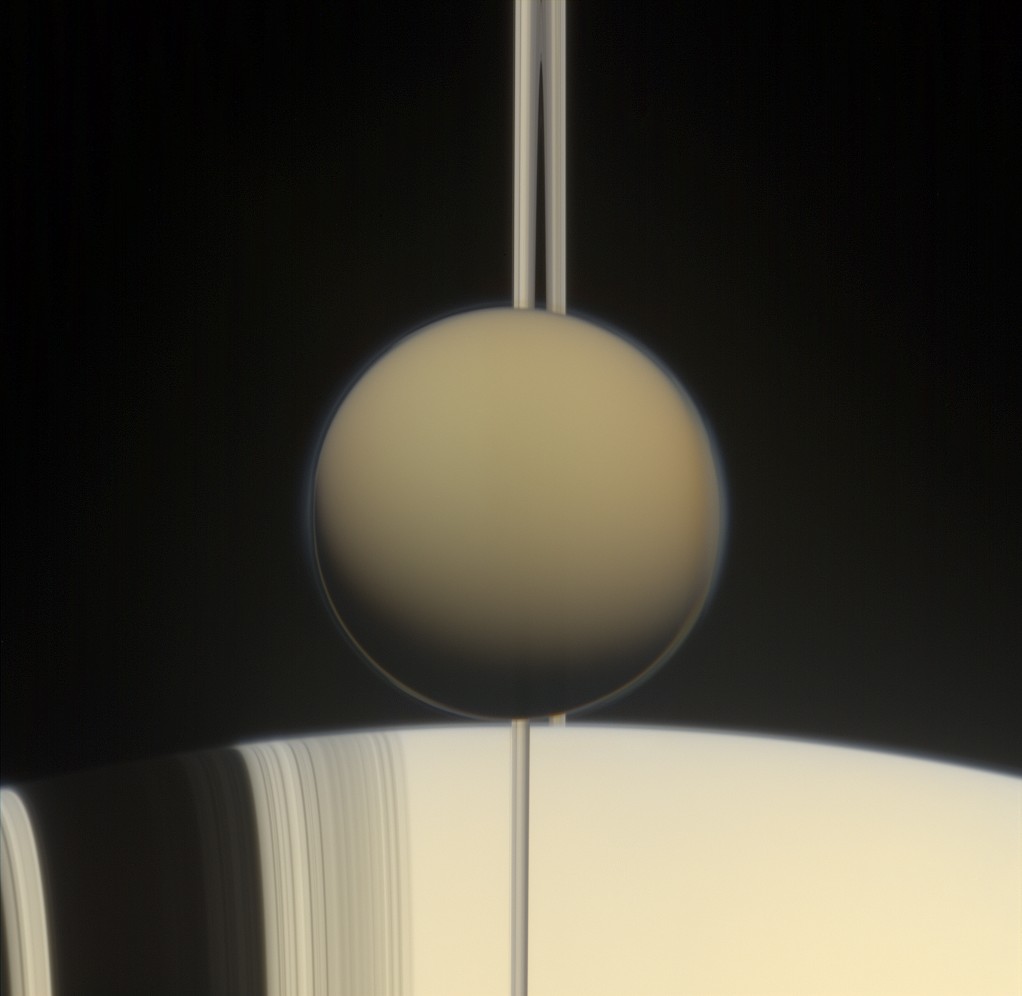
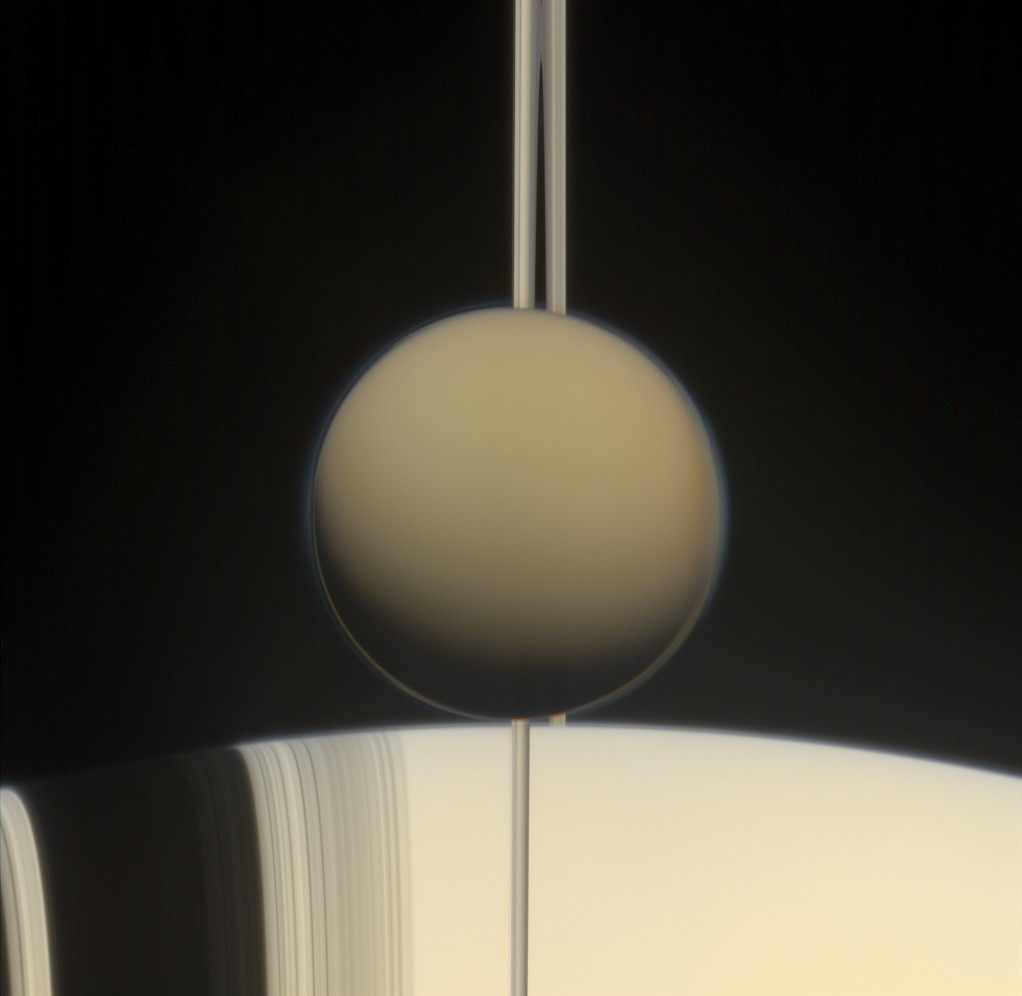
If one requires proof as to why Saturn is the most awesome planet in our solar system, we need not look any further than Saturn’s largest (and its inarguably most interesting) moon, Titan. (Pictured to the right in a frame with Saturn and its famous series of rings) Despite being a satellite of a large, gaseous planet, Titan is actually the most Earth-like world in our local neighborhood. Equipped with an appreciable atmosphere (mostly made up of nitrogen), vigorous mountains,valleys and free standing bodies of liquid substances (even shorelines to accompany them); Titan presents us with so many interesting questions and can likely help give us answers to some of our other lingering questions. That is, if we can ever find the funding to explore it properly. (Something we’ll talk about in more detail here in a moment)
With that said, there are so many things about Titan to be excited about, but here, we have compiled the best-of-the-best facts about the Saturnian moon.
6: Meet the Real-life “Middle Earth”
Unlike most of the terrestrial moons that inhabit our solar system (especially Callisto, one of the Galilean moons), Titan’s surface is geologically young, with very few craters scarring the surface. Most of this can likely be attributed to protection afforded to the moon by Titan’s thick, dense atmosphere, which happens to be about twice as thick as Earth’s. But it can not be responsible for all of it, leading some scientists to believe Titan may have a subsurface source responsible for churning ongoing geological activity. If true, Titan would be one of only a small handful of worlds known to bare any evidence of such activity. In the past, said activity gave way to some interesting surface features, which include many mountains and valleys, like this one:
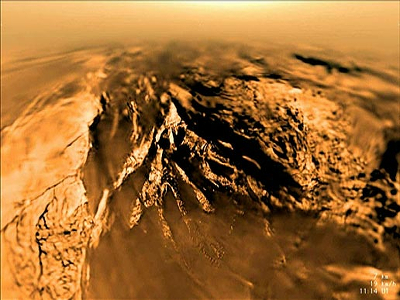
While the Titanian terrain is cool on its own merits (Seriously! It has “antigravity” mountains), the one that that makes it SUPER awesome is the names chosen for the surface features. Unofficially, the International Astronomical Union [IAU] named many of the mountains after the fictional world of Middle Earth, from the novels written by J.R.R. Tolkien (if you live under a rock, or on the moon; J.R R Tolkien is the author of classics like “The Lord of the Rings,” “The Hobbit” and “The Silmarillion”). Some of the real mountains feature famous names like Mount Doom, Misty Mountains and even Mount Erebor (all were featured in the Hobbit). Furthermore, different categories of surface features all host similarly unique names. For instance, some of the craters are named after deities of wisdom. Like Afekan, the “creator goddess and great teacher” and Sinlap, a Kachin spirit. Some of the labrynthi on Titan are named based on fictional planets in Frank Herbert’s Dune; one of the best-selling science-fiction stories in history. One example of this is Sikun Labyrinthus, named after Sikun, a planet from the Doom universe in which akarso blooms.
Speaking of surface features:
5. Ice Volcanoes!
On Earth, we have many active volcanoes, which spit lava out into the surrounding landscape. As we know, volcanoes require active plate tectonics, meaning, volcanoes are pretty rare in our solar system (pphhttt. Tell that to Io, right? She is home to more than 400 volcanoes.). Anyway, we’ve since learned that molten rock isn’t the only thing thing similar structures spit out. Some spit out a chilly plume of “volatile” materials like water, methane and ammonia. We call them ice volcanoes, or “cryovolcanoes” (Another moon of Saturn, Enceladus, is home to one or more).
Before Cassini arrive to study the Saturnian system, astronomers had little information about the surface of Titan, but since its arrival, we have uncovered a plethora of information that indicates that Titan indeed contains several active cryovolcanoe plumes (the most clear evidence is in the Sotra Patera region, pictured below)

The ice volcanoes seen on Titan and Enceladus are some of the most fascinating features we’ve discovered in our solar system. They likely play a huge role in the overall operations of the places they inhabit, whilst also helping explain the unique properties of some of the most exotic moons, like Enceladus’ tiger stripes and Titan’s “finger-like” grooves. It could also be that Titan’s contribute a significant amount of methane witnessed in the moon’s atmosphere. Regardless, one of JPL’s Cassini team members – Rosaly Lopes – put the plumes in words that are pretty amusing (and easy to understand). She said: “To put them in perspective — if Mount Vesuvius had been a cryovolcano, its lava would have frozen the residents of Pompeii.”
4: Strange Rain
Remember when I said Titan is the most Earth-like world in our solar system? I wasn’t exactly lying, nor was I telling the complete truth. You see, Titan DOES have free-standing, stable bodies of liquid on its surface, but that liquid is not the type of liquid you’d want to take a dip in (unless you have a death wish). Instead of h20, Titan has liquid ethane and methane; a form of hydrocarbons. A complex mixture of hydrocarbons make up natural gas which you might recognize as the ridiculously costly substance that powers your car. (You know, the stuff that governments have gone to war over) Also, on Earth, the substance is flammable. That’s not an issue on Titan, as oxygen is rare.
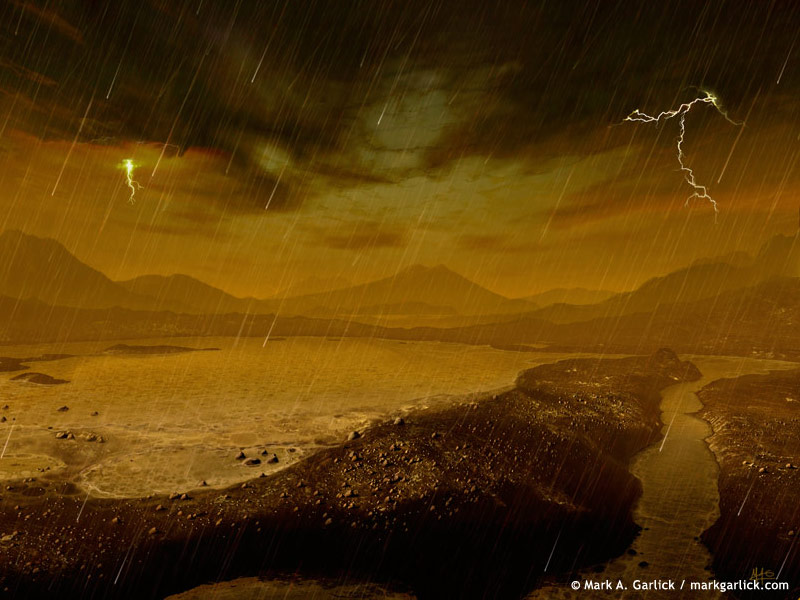
The amount of rain fall on Titan is a heavily debated topic. Some has postulated that the substance drizzles constantly, keeping a thin layer of liquid (which changes from a gas to a liquid at -117F/ -83C) atop the ground. Whilst others have said that the the rain only occurs once every 1,000 years in some regions. When it does occur, it OCCURS – raining tens of meters of gas before it abruptly stops. The natural gas then rests in the lakes and streams, where it remains for an untold number of years before the hydrological cycle starts anew. So yes, to summarize; On Titan, quadrillions of dollars worth of gas falls from the sky (when combined, it exceeds the amount found on Earth by tens, perhaps hundreds, of times).
3: Titan’s “River of Nile”
Given everything we just shared with you, it shouldn’t come as a surprised to learn that there is a 250 mile river of liquid methane and ethane flowing on Titan’s surface, taken by the Cassini-Huygens probe. Never has anything like this been seen before, let alone pictured directly. Alas, here it is:
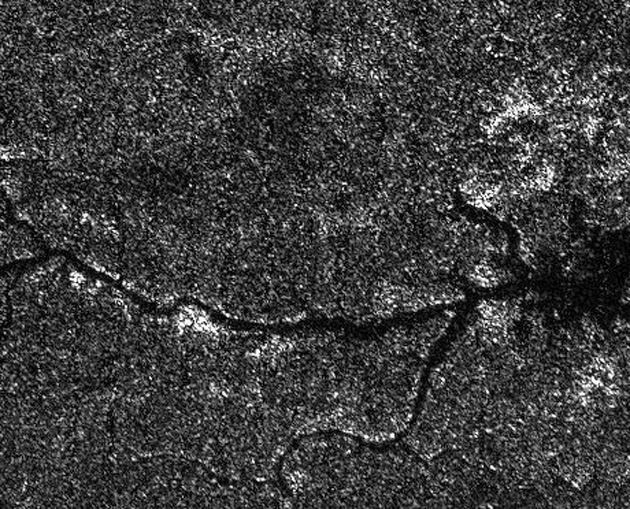
The river valley crosses the northern polar region of Saturn and runs north into Ligeia Mare, which is the second largest body of liquid on Titan, after Kraken Mare, of course, which covers about 154,000 square miles — making it about five times larger than Lake Superior (USA). When NASA team members initially discovered the vast system of rivers, they immediately noticed its eerie likeness to Earth’s Nile River. Through the hydrological cycle we mentioned earlier, team members watched as patches of the surface darkened following a rainfall back in 2010. Steve Wall, from NASA’s Jet Propulsion Laboratory, stated that “This picture gives us a snapshot of a world in motion. Rain falls, and rivers move that rain to lakes and seas, where evaporation starts the cycle all over again. On Earth, the liquid is water; on Titan, it’s methane; but on both it affects most everything that happens.”
2: You could strap on wings and fly!
On Titan, things we take for granted are either missing, or off in proportion, but this doesn’t necessarily have to be a bad thing. Take this bit of information, for instance. Two things that are different on Titan are the atmospheric density and the level of surface gravity. Thanks to the reduction of both, you would theoretically be able to strap on wings and fly on your own volition, without any additional wingspan.
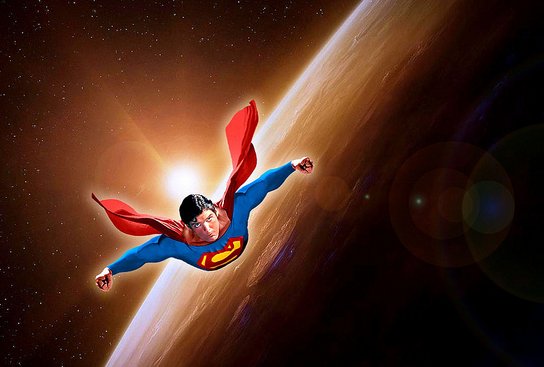
Furthermore, such an environment – with slow winds, a dense atmosphere and low external temperatures – would be conductive to taking hot air balloons above the surface to take a tour of the moon. Since that isn’t going to happen anytime soon:
You Can Take a Virtual Tour!
When the Cassini-Huygens probe was sent to explore the Saturnian system, one of its primary objectives was to probe the toxic atmosphere of this bizarre moon. Huygens wound up separating from the Cassini orbiter on Christmas day of 2004; before it ultimately reached Titan two weeks later. The orbiter then took over, before making its descent through the atmosphere. During its 2.5 hour descent, it collected data to be sent back to Cassini and then on to Earth. ESA, who was in charge of constructing the probe to withstand the elements of the icy moon, took into account the likelihood that the lander may indeed touch down in one of the many hydrocarbon lakes on Titan’s surface.

The time-lapse video above was stitched together using images Huygens took during its descent, starting from the transit of the Earth/Moon system, which passed in front of the sun from the probe’s vantage point, to its landing. These images mark an extraordinary accomplishment. To date, this is the first (and so far, the only) time any space craft has landed on a celestial body in the outer portion of our solar system. It may not be the actual thing itself, but it’s still a pretty incredible feat; to realize that you are looking at REAL images taken of a world that’s located more than 790,100,000 miles (1,272,000,000 km) away. again…
